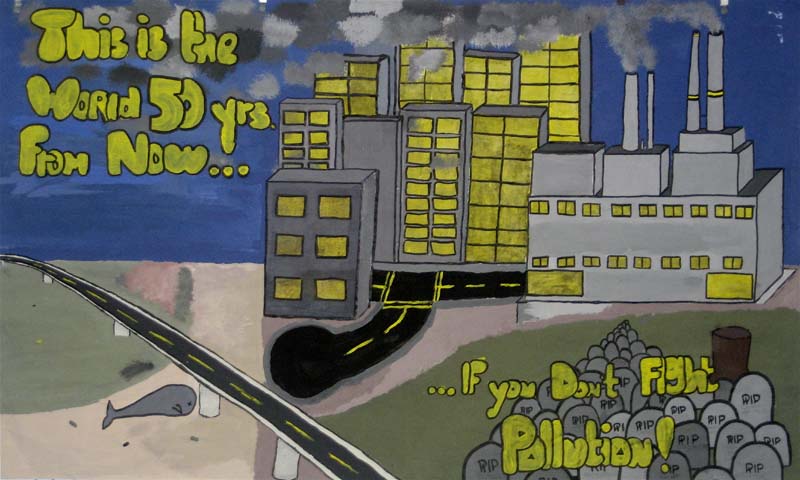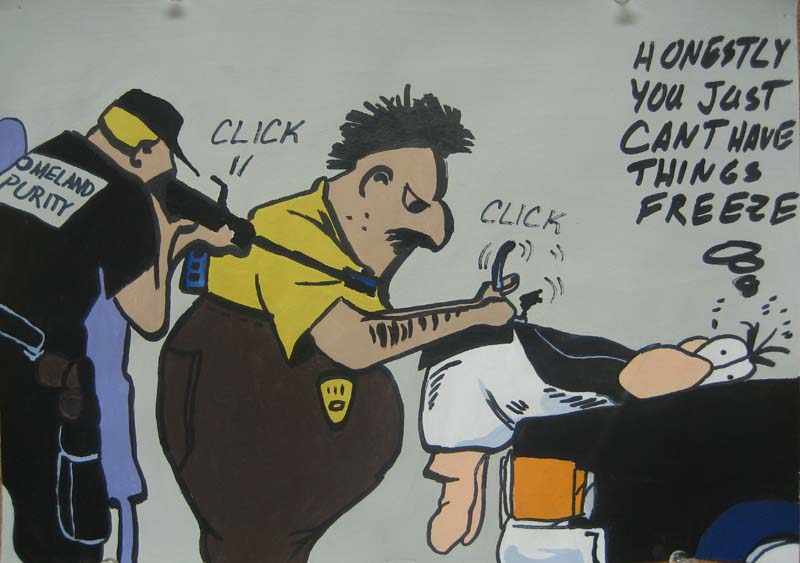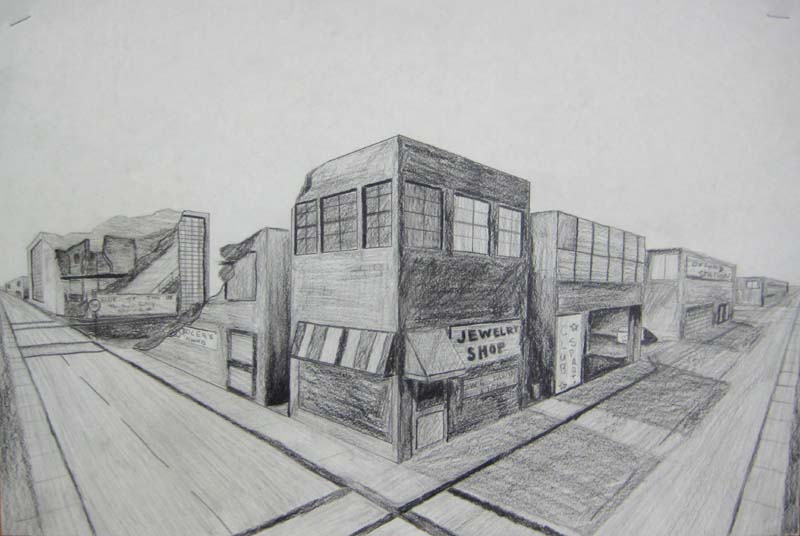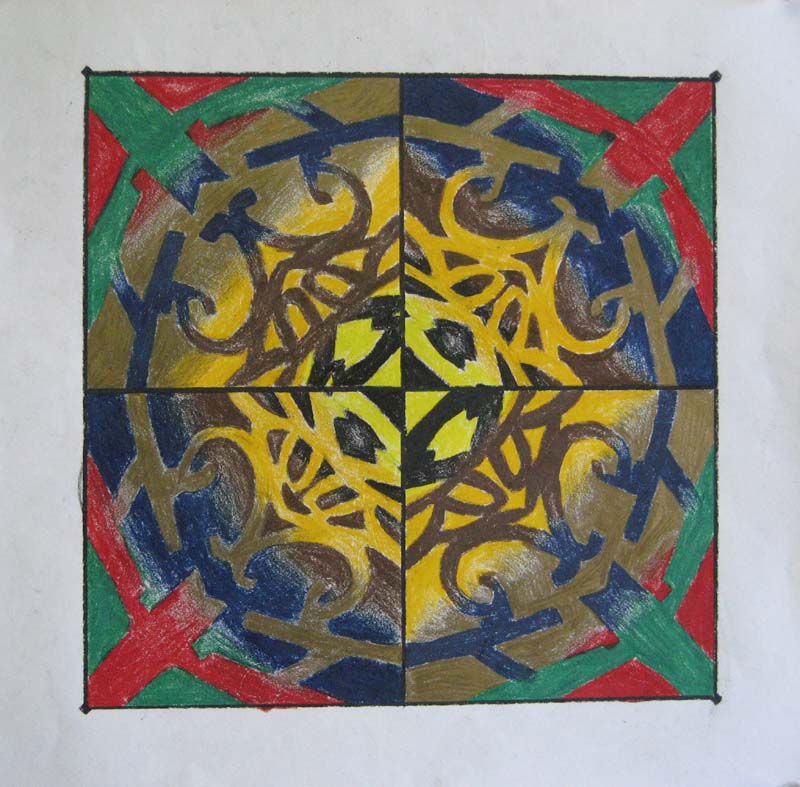Group Mural

We began the assignment by studying examples of muralism, public art, and styles of composition. After we had a general idea of what to do, we discussed various health cause topics for our murals. Following our choice of a topic, our group sketched a rough draft that we transferred to our final paper. Each mural had to have dominance and emphasis on one or a group of objects. Each mural also had to have elements of rhythm of perspective. After the mural was sketched out, we painted it in using colors to influence the tone of the mural. In this project, I learned about muralism, public art, dominance, perspective, the strength of art, and rhythm.
Standards
- 1.1: Identify use of design to analyze and discuss aspects of art.
- 1.4: Analyze and describe how composition is affected by principles of design.
- 2.1: Solve a visual arts problem that involves the use of the elements of art.
- 2.6: Create a 2D work of art that addresses a social issue.
- 4.0: Interpret and speak about the meaning or message in an artwork.


